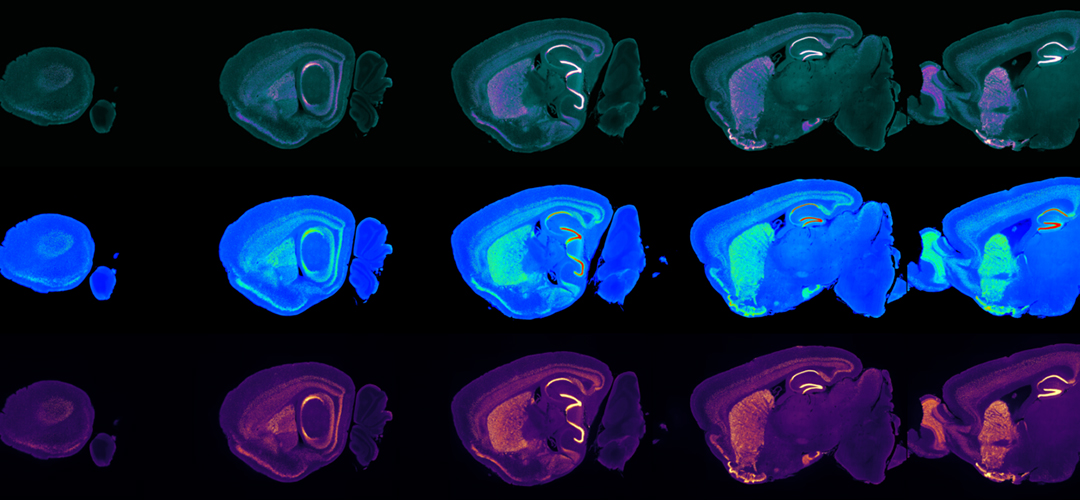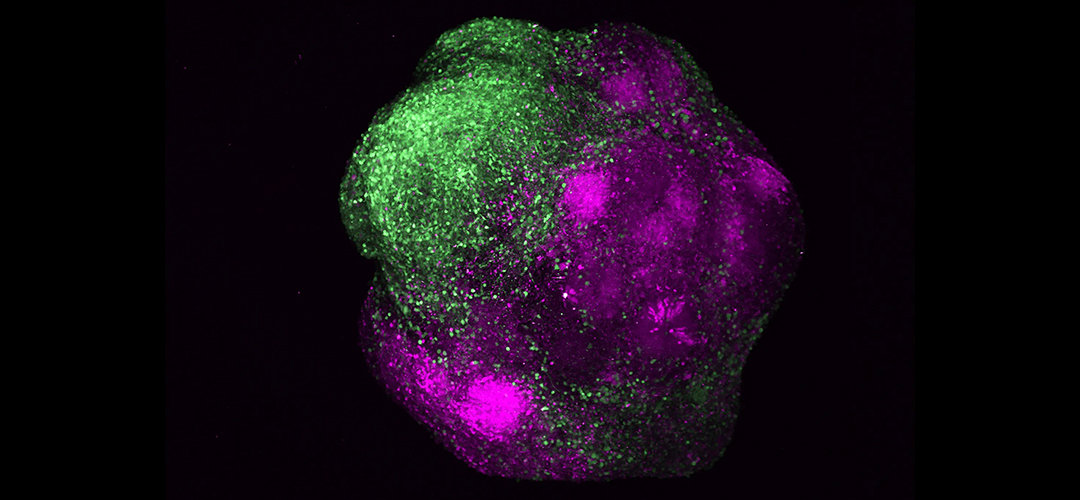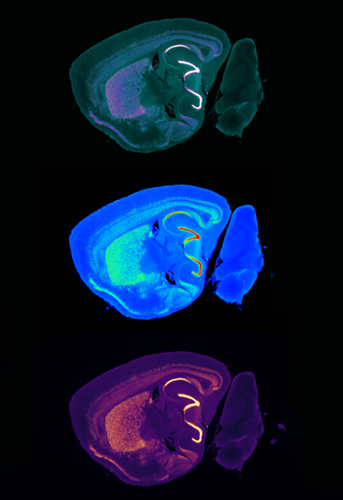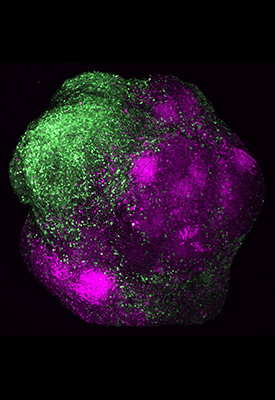CALL FOR PROPOSALS – 2026 BIPOLAR DISORDER SEED GRANTS
We are now accepting applications for the 2026-2028 cycle! Letters of intent (LOIs) are due Friday, February 6th. LOIs are reviewed on a rolling basis. We can confirm your eligibility and send you a link to the application portal earlier if you submit your LOI earlier.
Click here for full eligibility requirements and to submit your LOI.
Community Stories
From Pills to Brain Stimulation: Public Views on Modulating Brain Function with Neurotechnologies
Rémy Furrer and Amanda Merner share the results of a survey of 1,052 U.S. adults, which found that neurotechnologies targeting motor symptoms were viewed as more acceptable and beneficial than those for mood or memory symptoms. Non-surgical options like transcranial magnetic stimulation were generally preferred over invasive ones such as deep brain stimulation.
The Brain’s Relapse Wires: A Tale of Two Pathways
The fight against addiction is a fight against memory. Junghyup (Jung) Suh shares findings that the relapse circuit in alcohol addiction consists of two separate “wires” or outputs coming out of the basolateral amygdala, a key brain region for emotional memories. One wire is responsible for forming the addiction memory, and the other for triggering alcohol-seeking behavior. This precise mapping opens the door for potentially more targeted treatment approaches to relapse in the future.
A Silent Spinal Pathway Awakens in Chronic Pain
New research reveals that acute and chronic insults both reshape how pain signals are sent to the brain, but through distinct mechanisms. By using long-term calcium imaging in mice, researchers from the Woolf lab tracked the same spinal cord neurons over time and found that acute pain temporarily increases sensitivity, while chronic nerve injury recruits a previously ‘silent’ group of neurons – offering a potential key to understanding chronic pain.
Upcoming Events
Alzheimer’s Disease: Clarified Mechanisms and Emerging Treatments
January 22, 2026
11:00 am to 12:00 pm
Location: Warren Alpert 563
11:00 am to 12:00 pm
Location: Warren Alpert 563
Featuring Dennis Selkoe (Brigham and Women's Hospital/HMS)
Somatic Mutations in Brain Disorders 101
February 12, 2026
11:00 am to 12:00 pm
Location: Warren Alpert 563
11:00 am to 12:00 pm
Location: Warren Alpert 563
Featuring Christopher Walsh (Boston Children's Hospital and HMS)






